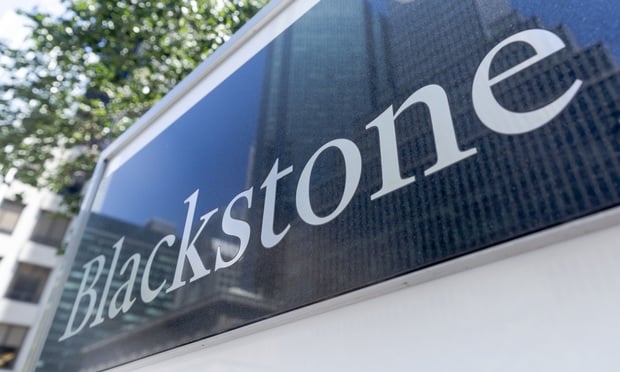The apartment market has not yet entered a clear recovery. In January, the National Multifamily Housing Council Indexes for sales volume and equity financing both improved beyond the breakeven point, but market tightness and debt financing continued to show weakness.
NMHC chief economist Mark Obrinsky calls this dynamic the "tale of two markets." The market challenges—which include higher vacancy and negative rent growth, are concentrated in the urban areas. "Many suburban areas, on the other hand, continue to benefit from an influx of ex-urbanites," adds Obrinsky.
The breakeven point is the 50 mark. A score above 50 shows that more than half of respondents gave a positive outlook, while a score below 50 shows that more than half of respondents gave a pessimistic answer. Sales volume scored 53 on the index, and equity financing had a score of 58. Market tightness, however, scored only 43 and debt financing was rated 49, showing little change from the previous quarter.
Recommended For You
Want to continue reading?
Become a Free ALM Digital Reader.
Once you are an ALM Digital Member, you’ll receive:
- Breaking commercial real estate news and analysis, on-site and via our newsletters and custom alerts
- Educational webcasts, white papers, and ebooks from industry thought leaders
- Critical coverage of the property casualty insurance and financial advisory markets on our other ALM sites, PropertyCasualty360 and ThinkAdvisor
Already have an account? Sign In Now
*May exclude premium content© 2025 ALM Global, LLC, All Rights Reserved. Request academic re-use from www.copyright.com. All other uses, submit a request to [email protected]. For more information visit Asset & Logo Licensing.








